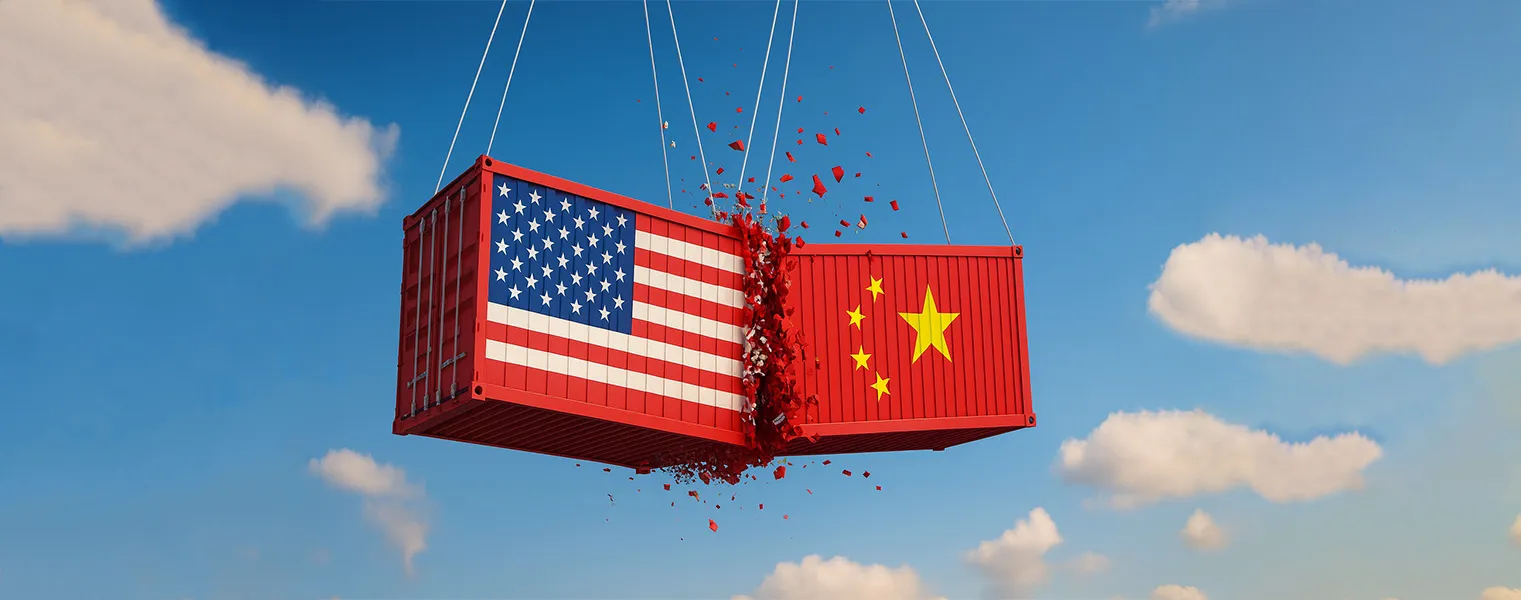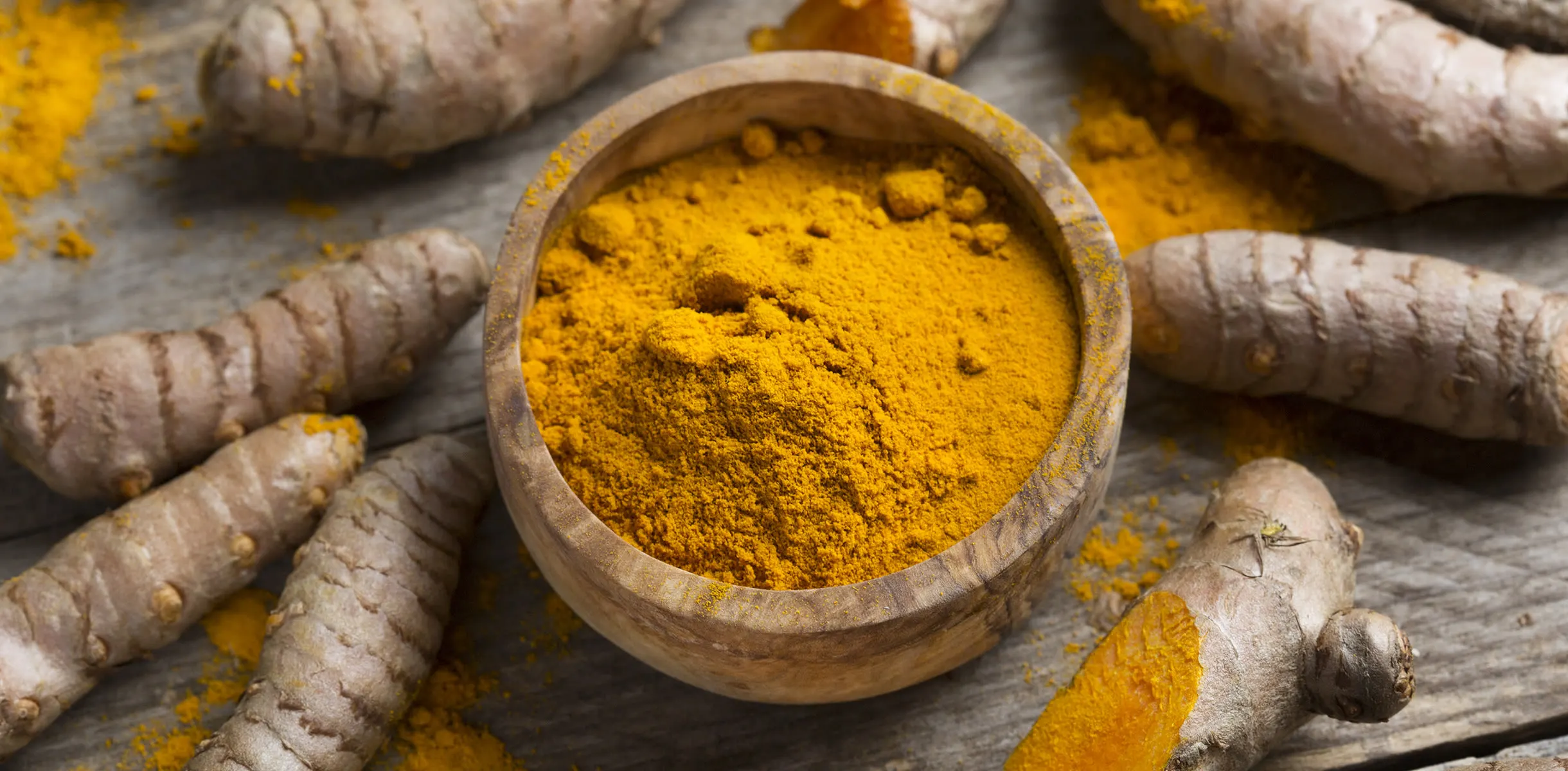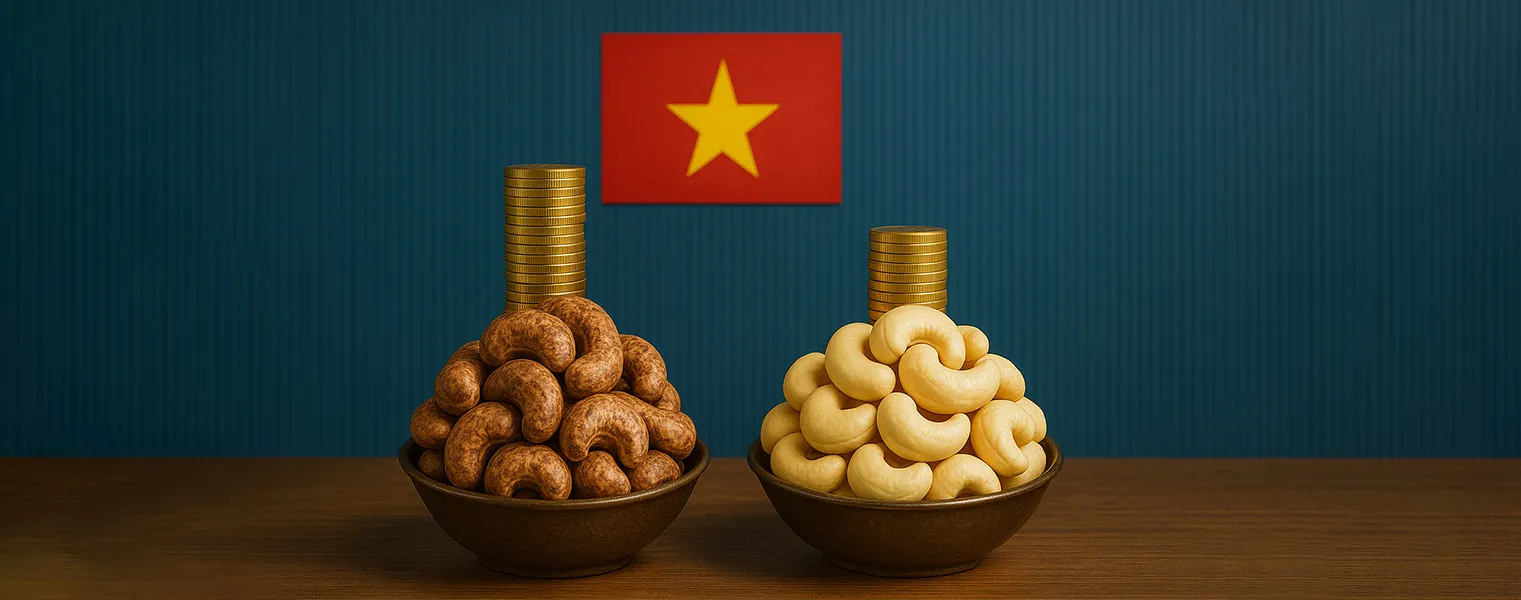Turmeric Prices, Harvests and Exports: Will It Reach $1.86/kg by January 2025?
Introduction
The global turmeric market is undergoing significant transformations, driven by changing production patterns, rising international demand, and strategic initiatives by key producers. India, as the dominant player, is spearheading efforts to solidify its global leadership. This article provides an in-depth analysis of production, export-import dynamics, pricing trends, and future prospects for turmeric markets worldwide.

India: The Powerhouse of Turmeric Production
Market Leadership and Initiatives
India accounts for 80% of global turmeric production, with Tamil Nadu, Karnataka, Andhra Pradesh, and Telangana leading the way. To bolster its position, India will release the report "Making India the Global Hub for Turmeric" on January 15, 2025. Authored by ICRIER, the report emphasizes value addition, global supply chain integration, and branding Indian turmeric as a premium product.
Production Challenges and Opportunities
- Supply Shortage: Stocks in regions like Erode and Warangal are nearly exhausted, leading to price spikes of USD 1.64–1.65 per kg. Projections indicate prices could rise to USD 1.86 per kg by early 2025.
- Reduced Sowing: Farmers in Sangli and Nizamabad are shifting to alternative crops like maize and vegetables, shrinking turmeric acreage.
- New Harvests: Fresh crops from Nizamabad and other regions are expected by mid-January 2025, with production forecasted to grow 25–30%, potentially stabilizing prices in the short term.
Exports and Trade
Despite challenges, India exported 14,068 tonnes of turmeric in November 2024, a notable increase from 8,583 tonnes during the same period in 2023. However, domestic prices have yet to reflect these gains due to significant carryover stocks.

Global Production Status and Key Players
Peru: A Rising Exporter
Peru’s turmeric exports grew 20% between January and October 2024, reaching 3,063.5 tonnes. With exports to 28 countries, including the Netherlands (48.7% of shipments) and Spain (15.4%), Peru is becoming a key supplier to Europe. Products range from fresh turmeric to powder and dehydrated flakes, catering to diverse market needs.
Brazil and Indonesia
Both countries maintain stable production, focusing on regional markets. Brazil’s turmeric industry benefits from robust export networks and competitive pricing.
Other Contributors
- China, Thailand, and Sri Lanka: Though secondary players, these countries contribute to regional markets and could expand their roles if demand continues to grow.
- Africa: Emerging regions like Nigeria are exploring turmeric cultivation, indicating potential future contributions to global supply.

Quality, Harvest Times, and Trade Trends
Quality Standards
- India: Known for high curcumin content, Indian turmeric is favored for its medicinal and culinary applications. However, inconsistent farming practices pose challenges.
- Peru: Strict quality controls and organic certifications position Peruvian turmeric as a premium product in European markets.
Harvest Timelines
- India: Harvest begins in December and peaks by February.
- Peru: Harvest spans late winter to mid-autumn, aligning with European market demands.
- Brazil and Indonesia: Harvest schedules vary, ensuring a steady global supply throughout the year.
Current Pricing
- India: USD 1.64–1.65 per kg, with potential to reach USD 1.86 per kg by January 2025.
- Peru: Stable pricing supported by consistent demand from Europe.
- Global Trends: Increasing demand in the U.S. and EU for health and cosmetic applications ensures robust pricing through 2025.

Trade Insights
Exporters
- India: The largest exporter, contributing to over 80% of global trade.
- Peru: Rapidly expanding in the European market with high-quality products.
- Thailand and Indonesia: Regional players with steady outputs.
Importers
- United States: A key consumer for food and health sectors.
- European Union: Netherlands and Spain dominate imports, particularly organic turmeric.
- Middle East: Rising demand for culinary and medicinal use.

Future Trends and Predictions
Growing Demand
Turmeric’s popularity in the health, wellness, and culinary sectors ensures sustained demand globally. The United States, European Union, and Middle East are key importers, with increasing interest in organic and value-added products.
Strategic Developments
India’s upcoming report highlights the importance of:
- Value Addition: Innovations in curcumin extraction, health supplements, and organic turmeric.
- Global Branding: Positioning Indian turmeric as a high-quality, premium product.
- Supply Chain Improvements: Addressing infrastructure gaps to enhance competitiveness.
Potential Challenges
- Climate Impacts: Erratic weather patterns, including El Niño effects, could disrupt production in India and other major producers.
- Shifting Cultivation Patterns: Reduced turmeric acreage in key Indian regions may limit future supplies.
- Competition: Emerging exporters like Peru and regional players in Southeast Asia could challenge India’s dominance.

Complementary Insights
Countries like Bangladesh, Myanmar, and Sri Lanka are potential contributors to the global turmeric supply, though they remain minor players. African nations like Nigeria also show promise for expansion into turmeric cultivation, with growing interest in export markets
Conclusion
The turmeric market is at a critical juncture. While India remains the global leader, factors such as declining stocks, changing cultivation patterns, and growing international competition demand strategic interventions. Upcoming harvests and India’s focus on value addition and branding will shape the market in 2025. Simultaneously, rising players like Peru are carving niches in premium markets. Stakeholders must navigate these dynamics carefully to capitalize on emerging opportunities.
FAQ for Turmeric Market Trends
1. Which country is the largest producer of turmeric?
India leads the world, contributing 80% of global turmeric production.
2. What are the current turmeric prices?
Prices in India range from USD 1.64 to 1.65 per kg, with projections reaching USD 1.86 per kg by early 2025.
3. What role does Peru play in the turmeric market?
Peru’s turmeric exports grew 20% in 2024, primarily supplying the Netherlands and Spain with high-quality, organic products.
4. When are turmeric harvests expected?
- India: December to February
- Peru: Late winter to mid-autumn
5. How is demand influencing turmeric prices?
High international demand, coupled with reduced supplies, is driving prices upward, especially in major exporting nations like India.









